Early on in our national park travels, we fell in love with all that Washington State offers. There are emerald forests dripping in moss. And glacial peaks. There is coastal surf. And there are the Columbia plains. From end to end, Olympic National Park showcases a landscape full of diversity. So, as you might imagine, our recent deep dive into the Olympic Peninsula has only deepened our love affair with Washington State!
What makes Olympic National Park so diverse, so exciting, and so worthy of an RV road trip? We’re happy to share everything we learned. That way, you can take your RV trip at the right time and be clued into all the incredible sights.
Scenic Drives
Olympic National Park is spread out across the vast Olympic Peninsula. This strip of earth is uncanny. It contains ice-capped summits, dense rainforest, and an accessible rocky coastline. Which means that no matter where you are, the view is incredible and arresting. And that includes your RV’s view from the road. Taking the Olympic Peninsula Loop itself takes you 329 miles and about eight hours. But there are also several drives throughout the parkthat highlight the best of each section.
- Hurricane Ridge Road. Hurricane Ridge* climbs from nearly sea level in Port Angeles, WA to 5,242 feet. The drive offers gorgeous mountain views of the Olympic mountain range on clear days.
- Highway 101 Detours. The peninsula’s western coast offers numerous stunning beaches such as South, Kalaloch/Ruby, and Mora/Rialto. Each showcases a beautiful, rocky coastline.
- Hoh River Road. Just driving into the Hoh Rainforest* is a stunner, a prequel to the trails you’ll find.
- Sol Duc Road. The Sol Duc area offers both hot springs for soaking and Lake Crescent for water sports. The area is full of beautiful headwaters flowing down the mountain.
- Hoko-Ozette Road. Picturesque and quiet, Ozette is a gateway to Olympic National Park’s coastal wilderness. It’s also the westernmost point of the contiguous 48 states – Cape Alava.
*Be prepared for mid-day traffic during the busy season. The park meters vehicles coming in at the entrance station to avoid traffic jams in the parking areas. Also, consider leaving your rig and driving either just your tow vehicle or your toad.
Must-Hike Trails
The park maintains several hiking areas. So, you can expect to find something for all interests, time, and ability in every section of the park. (And really, all across the peninsula.)
- Stroll Through a Rainforest. Yes, you read that right: a rainforest. And yes, still in North America. Enter the famous Hoh Rainforest. Dripping in moss and lichen, you’ll be enveloped in nearly every shade of green. Stop by the visitor center next to the campground for a short ranger-led program, or better yet, take a ranger-led walk through the forest.
- Bring Binos on a Whale Trail. Trails along the western coastline beaches are dotted with tide pools and sea stacks as far as the eye can see. Hike a short distance from the parking areas, and you’ll experience fewer crowds and find your own special place. Bring your binoculars and keep your eyes peeled for spouts, you may just be blessed with a distant whale sighting!
- Give an Olympic Effort. Enjoy a more serious climb up to Hurricane Ridge for a view of Mount Olympus on a clear day. And if you are lucky, views can include Mount Baker and Mount Rainier to the north and east across the Puget Sound.
- Stretch Toward the West. Hike to the westernmost point of the contiguous 48 states along the 4-mile (mostly boardwalk) trail out to Cape Alava from Ozette. Worth every minute of the journey!
RV Parks & Campgrounds
The national park maintains 14 campgrounds with 11 of them open to RVs. Just two are run by local concessionaires: Sol Duc and Log Cabin campgrounds. Both offer serviced sites. Most campgrounds have only a few sites that can accommodate RVs greater than 30 feet, so plan ahead. Many of Olympic National Park’s campgrounds are reservation-only during the busy season, but a few remain first-come, first-served for those “less planned” travelers.
Beyond federal campgrounds maintained by the park, the peninsula offers many camping areas — national and state recreation areas, state parks, state land, county parks, as well as some low-key RV parks. While camping reservations are probably only necessary in the summer months, it’s good to confirm because each campground opens and closes at different times of the year.
If you are equipped with solar power and interested in off-grid camping or boondocking, check out the iOverlander app for some good overnight options on the “edges” of the peninsula where you will find fewer trees.
Seasonal Advice
The best time to visit Olympic National Park is June through September, though the months of May and October offer some unique beauty and fewer crowds. It is situated in a temperate rainforest along the ocean, so this peninsula gets a lot of moisture in the form of rain, snow, and low hanging fog. While we were blessed with sun for days on end, we also had off and on rain for an entire week. Bring quality rain gear and comfortable muck boots to stay dry when this rainforest earns its designation!
Insider PRO Tips!
- The very best way to explore and experience this stunning park is by foot and by water, so bring those hiking shoes and kayaks/canoes!
- The popular areas of the park can be very crowded between 10 a.m. and 3 p.m. So, channel your early bird or go later in the day to avoid pressure on roads, parking areas, and trails.
- The Olympic Peninsula is known for its temperamental weather, so give yourself plenty of time for your visit. Personally, we recommend one to two weeks to experience a variety of weather.
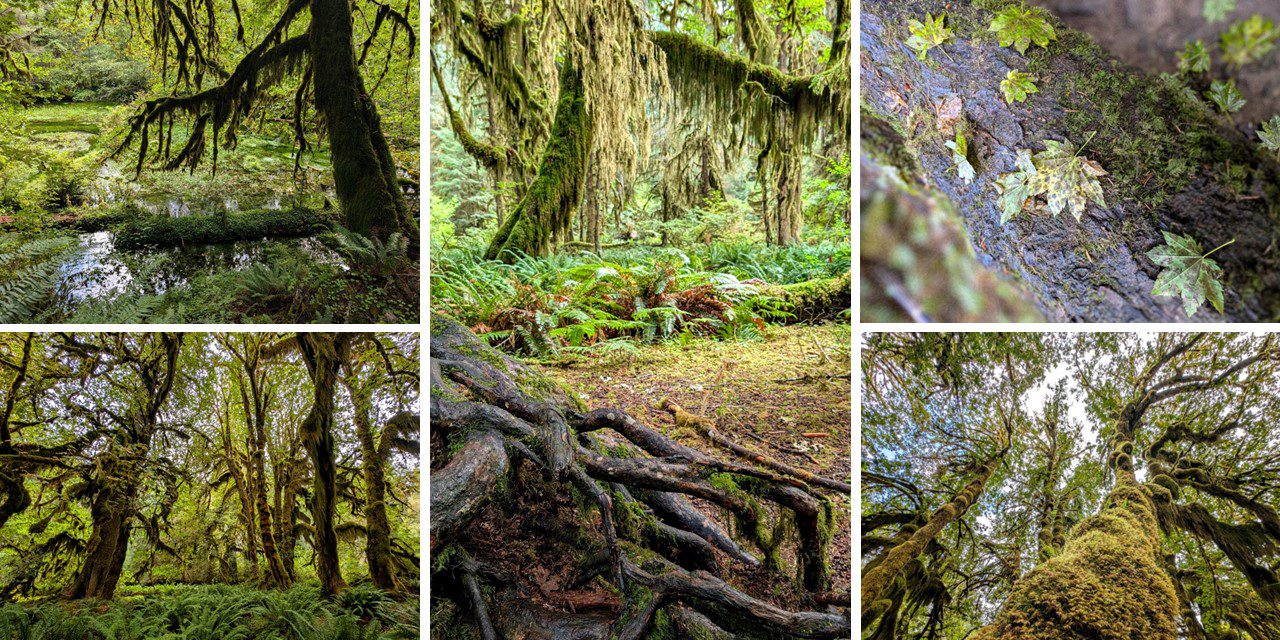
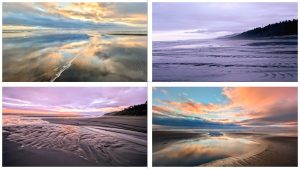
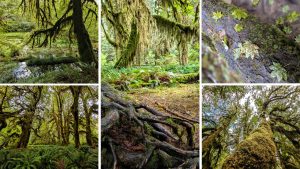
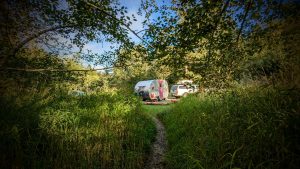
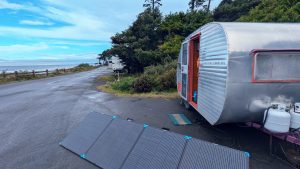
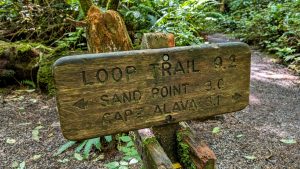
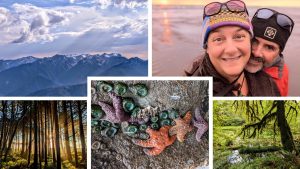
Leave a Reply